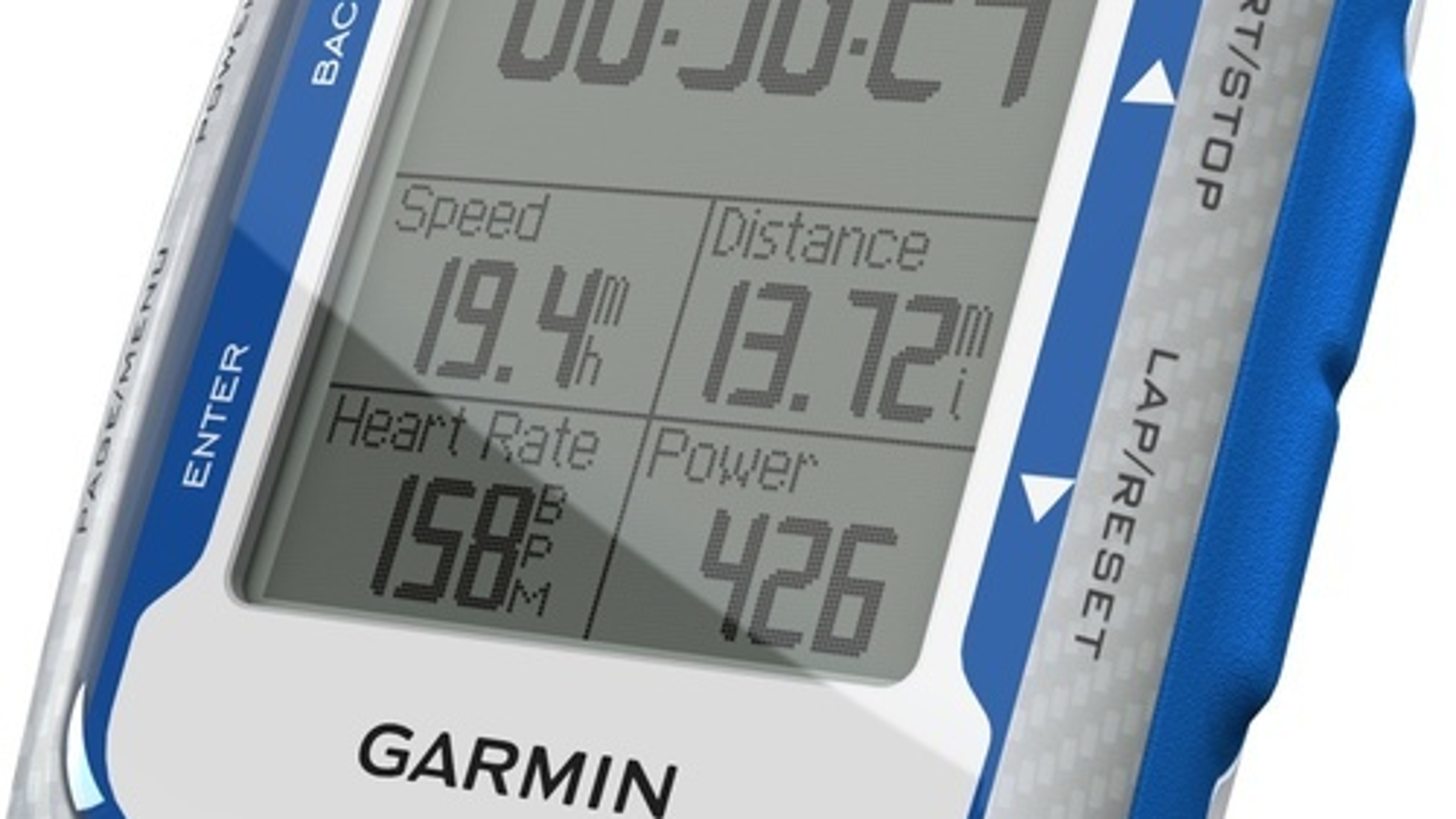
Fourteen studies were included for the final analysis and provided 138 indicators, 17 criteria, and four domains. A literature review on “bikeability indexes” was conducted focusing on indicators, using a four-step systematic process.

Recent strategies to improve the performance of the cycling mode of transport are based on infrastructural, behavioral, and multimodal measures, which are related to the concept of bikeability. The study's findings suggest that the relative efficiency of bike-share compared to public transit is highly associated with bike-share demand and help to increase the utility of bike-share system in response to several limitations of existing public transit networks. Further, this study showed that bike-share and public transit might compete with or promote each other, even within the city. In particular, a longer duration of public transit trips than bike-share, and more transit transfers, were associated with bike-share ridership. Our results showed that the travel distance between OD bike stations, land-use compositions, and the existence of bike-friendly infrastructures were significant factors determining bike-share ridership at the OD-level. Zero-inflated negative binomial (ZINB) regression models were used for the analysis. We combined three datasets: (1) bike-share ridership data, (2) land-use and bike-transit infrastructure, and (3) bike-transit route characteristics between OD pairs of bike stations. The objective of this study is to examine whether existing public transit characteristics affect bike-share ridership at OD-level. While numerous studies have examined various factors affecting bike-share demand at the station-level, few attempts have been made to understand bike-share ridership at the origin-destination (OD) level due to technical difficulties. Studies on bike-share programs have dramatically increased during the past decades. This study's findings will help planners and policymakers make decisions and policies related to shared e-scooter services.

On the other hand, results reveal mixed relationships between shared e-scooter demand and public transportation supply variables. Moreover, census tracts with a higher number of zero-car households and workers commuting by public transit generate more shared e-scooter trips. Results related to time-invariant variables indicate that densely populated areas with higher median income, mixed land use, more parks and open spaces, public bike-sharing stations, higher parking rates, and fewer crime rates generate a higher number of e-scooter trips. Results of temporal variables indicate that shared e-scooter demand is higher on days when the average temperature is higher, wind speed is lower, there is less precipitation (rain), weekly gasoline prices are higher, and during the weekend.
#BIKE GPS TRACKS SERIAL#
The study employs a random-effects negative binomial (RENB) model that effectively models shared e-scooter trip origin and destination count data with over-dispersion while capturing serial autocorrelation in the data. This paper estimates the impacts of temporal variables (weather data, weekday/weekend, and gasoline prices) and time-invariant variables (socio-demographic, built environment, and neighborhood characteristics) on the shared e-scooter demand by using four months (June 2019- October 2019) period of data from the shared e-scooter pilot program in Chicago. The rapid popularity growth of shared e-scooters creates the necessity of understanding the determinants of shared e-scooter usage. This proposed workflow can be employed in other cities with similar context to better investigate how micro-mobility systems evolve. However, the temporal signatures of stations’ growth displayed some variations across different locations. The majority of stations grew rapidly after they began to operate. The results show that there existed periodic patterns of travel demands in the long term. This framework was applied in the docked bike-sharing program in New York City, USA. An eigendecomposition approach was used to uncover the hidden structures behind the growth curves. Cumulative connections with other points represented the growth of a service location. Secondly, it investigated the growth trajectories of service points via exponential and logistic growth models.

This study developed an analytical framework that aims at understanding the evolutionary processes of a micro-mobility system (for example, bike-sharing), which offers insights into the transforming nature of a city transport system.įirstly, the framework applied a Gaussian Mixture Model to examine the long-term fluctuations of travel demands.


 0 kommentar(er)
0 kommentar(er)
